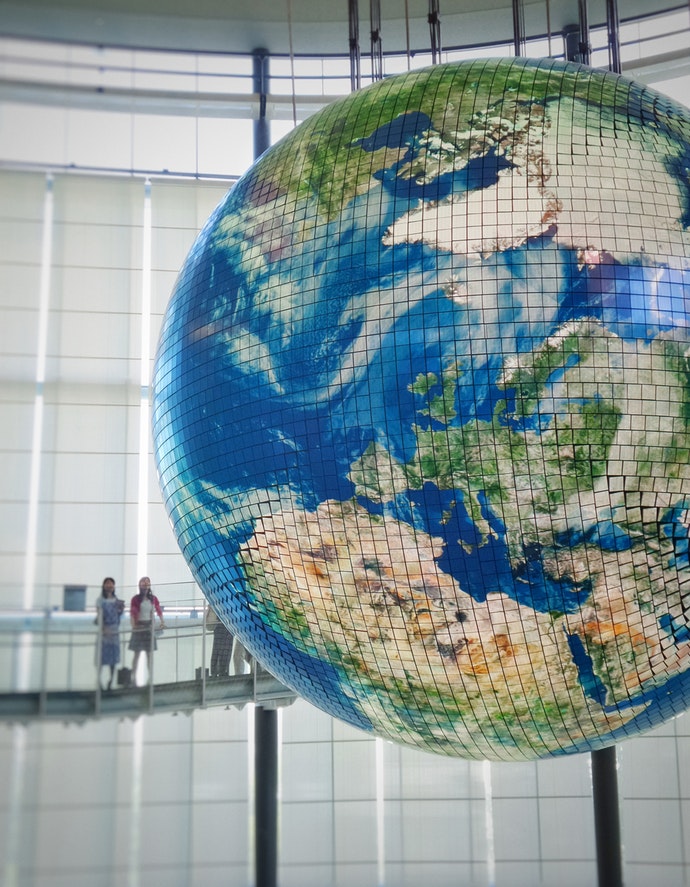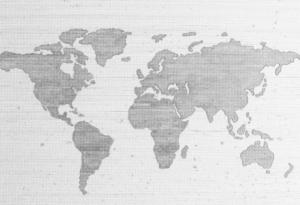Global Affairs: Understanding the Complex Dynamics Among Nations
1. The World of Nations: How Many Are We?
As of 2024, there are 195 recognized sovereign countries in the world. This count includes 193 member states of the United Nations (UN) and two observer states: the Holy See (Vatican City) and Palestine. These countries vary widely in terms of size, population, political systems, economic status, cultural diversity, and influence on the world stage.
- UN Member States: The United Nations is the primary international organization where most of the world’s nations come together to discuss and manage global issues. The 193 member states work collaboratively through the UN’s various bodies, such as the General Assembly, the Security Council, and specialized agencies like the World Health Organization (WHO) and the United Nations Educational, Scientific and Cultural Organization (UNESCO).
- Non-Member States and Territories: In addition to the 195 recognized countries, there are also territories, regions, and entities with limited recognition or disputed status (e.g., Taiwan, Western Sahara, Kosovo, and others). These entities face unique challenges and political disputes that affect their relationships with recognized states.
2. The Complex Web of International Relations: Cooperation and Conflict
The relationships between these 195 countries are shaped by a mix of cooperation, competition, and conflict. While countries work together on many global challenges, such as climate change, trade, public health, and security, they also face tensions over political, economic, and cultural differences.
- Global Cooperation: The Benefits and Challenges
- International Organizations and Treaties: Countries often collaborate through international organizations and agreements. For example, the United Nations (UN) fosters peace and security, the World Trade Organization (WTO) promotes global trade, and the Paris Agreement focuses on climate change mitigation. These organizations and treaties help set common rules, build consensus, and address shared global challenges.
- Diplomacy and Alliances: Diplomacy plays a vital role in managing relations between countries. Nations maintain diplomatic missions (embassies and consulates) worldwide, and leaders engage in regular dialogues to build alliances, resolve conflicts, and negotiate trade deals. Regional organizations like the European Union (EU), the African Union (AU), and the Association of Southeast Asian Nations (ASEAN) facilitate cooperation and integration among neighboring countries.
- Sources of Tension and Conflict:
- Geopolitical Rivalries: Historical rivalries, territorial disputes, and power struggles often lead to conflicts. For example, tensions between India and Pakistan over Kashmir, or disputes in the South China Sea involving China and several Southeast Asian nations, highlight the complexity of international relations.
- Economic Inequalities and Trade Wars: Economic disparities between countries can lead to trade disputes and conflicts. Trade wars, like those between the United States and China, affect not only the two countries involved but also the global economy.
- Cultural and Ideological Differences: Divergent values, political ideologies, and cultural practices can create friction. Issues like human rights, democracy vs. authoritarianism, and religious conflicts shape the policies and alliances of nations. For instance, disagreements over human rights violations have led to diplomatic tensions and sanctions between Western countries and nations like North Korea and Myanmar.
3. The Importance of International Cooperation for Global Progress
Despite these challenges, international cooperation remains essential for addressing the most pressing issues facing humanity today. Global challenges such as climate change, pandemics, terrorism, and cyber threats do not respect national borders and require collaborative solutions.
- Addressing Climate Change:
- Climate change is a quintessential global challenge that requires collective action. The Paris Agreement (adopted in 2015 by 196 parties) is a key example of global cooperation to combat climate change by limiting global warming to well below 2 degrees Celsius compared to pre-industrial levels. Achieving these targets requires every country to set and meet ambitious emission reduction goals, share technology, and provide financial support to developing nations.
- Managing Global Health:
- The COVID-19 pandemic demonstrated the interconnectedness of global health. International collaboration was crucial for the rapid development and distribution of vaccines, as well as for sharing information and resources. Organizations like the World Health Organization (WHO) play a central role in coordinating international responses to health crises, promoting public health standards, and ensuring equitable access to medical supplies and vaccines.
- Promoting Peace and Security:
- Peace and security are foundational to global stability and prosperity. The United Nations Security Council is tasked with maintaining international peace, mediating conflicts, and authorizing peacekeeping missions in conflict zones. Moreover, initiatives like arms control treaties (e.g., the Nuclear Non-Proliferation Treaty) aim to reduce the threat of war and ensure global security.
- Enhancing Economic Development:
- Organizations like the International Monetary Fund (IMF) and the World Bank work to promote economic development, reduce poverty, and provide financial support to countries in need. Trade agreements, such as those facilitated by the WTO, help reduce barriers to trade and foster economic growth, which can uplift millions out of poverty.
4. The Future of Global Relations: Opportunities and Challenges
As the world becomes increasingly interconnected through technology, communication, and trade, the importance of international cooperation grows. However, achieving harmony among the world’s nations is not without challenges. Rising nationalism, geopolitical tensions, and economic inequalities pose significant obstacles to global collaboration.
- Technological Advancements and Global Governance:
- Emerging technologies such as artificial intelligence (AI), cybersecurity, and space exploration present both opportunities and challenges for global governance. Countries need to develop international norms and regulations to ensure these technologies are used for the common good and not as tools for conflict.
- Balancing Sovereignty and Globalism:
- While international cooperation is vital, countries also prioritize their sovereignty and national interests. Balancing these sometimes conflicting priorities is a delicate task. As global challenges grow more complex, there is an increasing need for innovative solutions and stronger institutions to manage these dynamics.
Conclusion: Navigating a Complex World
The story of global affairs is one of complexity, tension, and opportunity. With 195 nations, each with its unique interests and perspectives, finding common ground can be challenging. Yet, the need for cooperation has never been more urgent. By working together, nations can overcome their differences and build a more stable, prosperous, and equitable world for all.


